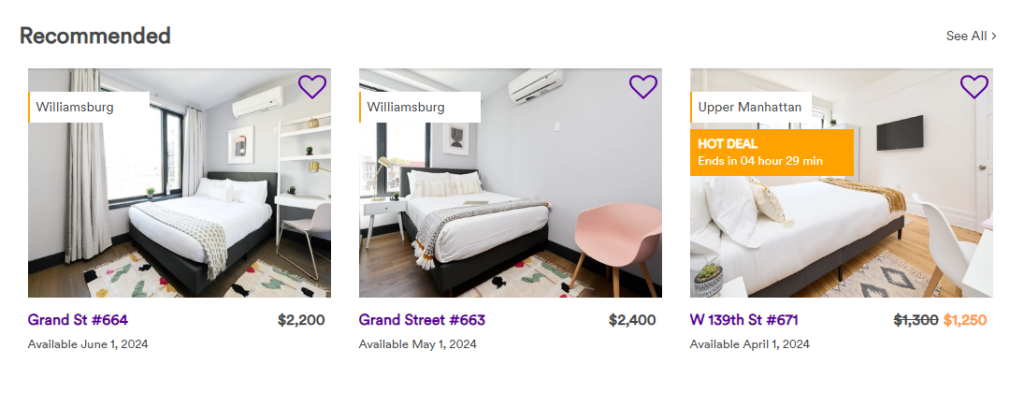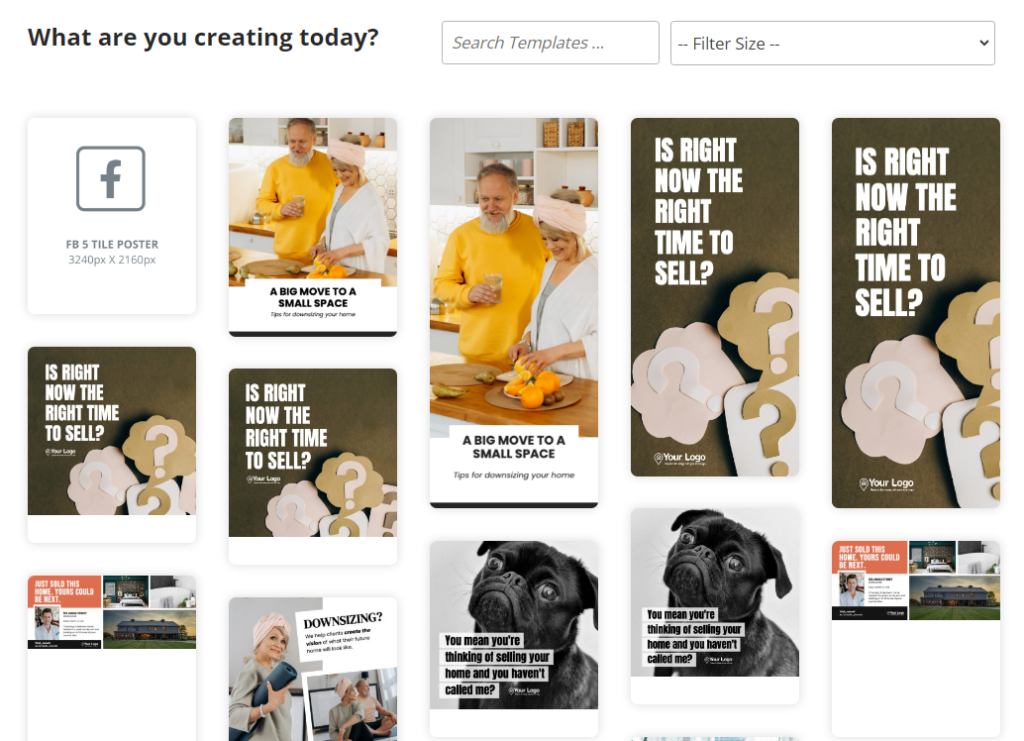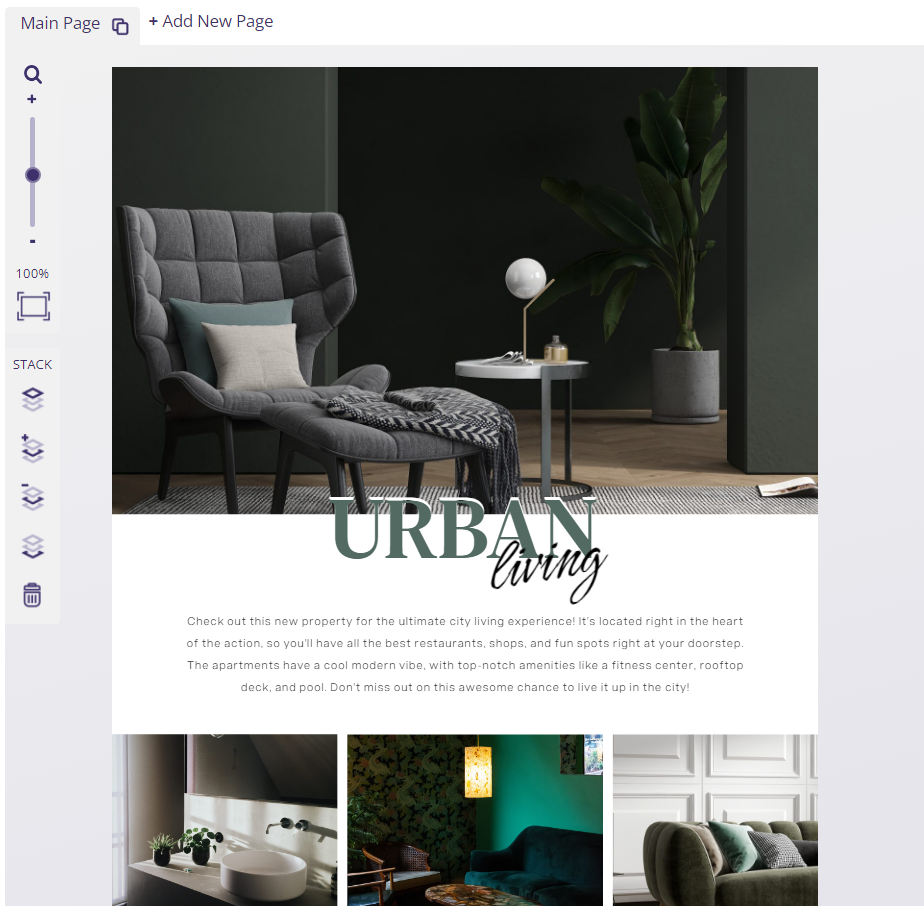When it comes to marketing, your first instinct might be to try and reach as many people as possible. After all, the bigger the net, the more leads you can find. However, that’s a tactic that can often backfire when it comes to online marketing.
Trying to target as many people as possible means you’ll be competing with a lot of other real estate agents and firms. A niche strategy, on the other hand, lets you focus on your ideal customers and it also means less competition.
In this article, we’ll dig into the concept of niche marketing. Then we’ll guide you through the process of crafting a real estate niche marketing strategy. Let’s get to it!
What Is Niche Marketing (And What Are Its Benefits)?
A niche is a small specialized segment of the market. In real estate terms, a niche can specialize in selling high-end condos, studio apartments, or even family homes.
This is in contrast with the approach most realtors take, which is trying to get any listing they can, no matter what kind of property it is. That’s a valid strategy, but it also places you in direct competition with every other realtor in town.
Focusing on a niche means you can build a reputation. You can be known as the person to go to when you need to list a specific type of property or even if you’re a first-time home buyer:
Finding your real estate niche can also make your life a lot easier when it comes to marketing. It means you’re not trying to convince everyone to pay attention to your materials but only a specific type of client.
Understanding one type of property and client is much easier than dividing your attention. It can also be significantly cheaper, particularly if you pay for online ads and marketing materials.
How to Create a Real Estate Niche Marketing Strategy (3 Steps)
If you want to focus your marketing efforts on a specific niche, you need to rethink your strategy. Here’s how to approach that change.
Step 1: Define Your Niche
What your niche is might depend on your property portfolio, that is, on the types of properties and listings you have access to.
When choosing a niche, you want to focus on the types of listings where you might not have as much competition. If every realtor in town is fighting for McMansions, you can clean up selling (or quite likely renting) modest apartments to young professionals:
Your goal when selecting a niche is figuring out a type of listing you know you can move, but where you won’t have to deal with too much competition.
If you’ve been in the real estate game for a while, you’ll have a great idea of the players in your area and the types of properties they focus on. Find your own corner of the market, and let’s get to work on promoting it.
Step 2: Develop a Client Profile
If you want to sell listings, you need to understand what potential buyers want. That means asking, “Who would want to move into this kind of property and why? And how can I make that process more enticing for them?”.
Let’s say your niche is starter homes for young professionals. If you’re focusing on marketing this type of property, your ideal buyer would be someone who might fit this profile:
- Between the range of 20-30 years old and moving in alone or with a partner
- Higher education with good job prospects
- Not looking to start a family immediately
- Wants access to amenities and trendy local spots
- Wants to live in a populated area and not in the suburbs
Building a client profile is all about understanding what can drive a person to buy the type of property you’re selling. This knowledge is important because you can tap into it when you’re developing marketing materials.
The more specific the client profile, the better. You’ll also refine it over time, so it’s OK if you’re not sure about certain aspects of the profile.
As you try new marketing strategies, you can see what works and what doesn’t. This will give you a better understanding of what your ideal buyers want.
Step 3: Market Your Brand Using Tailored Content
To “corner” a niche, you’ll need a sustained marketing strategy. That means you want your potential customers to see your marketing materials frequently, be it through mail flyers, social media, or even ads.
The more that potential clients see you as “the realtor to go to for X type of property”, the more likely they are to reach out to you when they’re in the market.
Growing your brand in this way takes time and a lot of marketing materials and that’s where Jigglar comes in. With Jigglar, you get access to a large library of customizable marketing materials you can use for any niche:
You can navigate the library to find the specific type of materials you need, select a template, and you get to edit it:
Jigglar templates are easy to customize. The service itself is designed to be straightforward so you can take care of your own marketing without needing to spend a fortune on designers.
If you have a solid understanding of your niche and who your ideal customers are, you’ll be able to design outstanding marketing materials relatively quickly. Jigglar lets you save and export these designs, so you can use them with any type of marketing campaign you want.
Conclusion
When it comes to real estate marketing, reaching as broad an audience as possible can be challenging. If you try to market to every type of customer, you’ll be in direct competition with the big players in your area.
If you’re growing your business, it can be much smarter to focus on a niche real estate market. That means one or more types of customers whose needs you understand and who you can help find their dream homes.
If you’re ready to laser-focus your real estate marketing strategy, check out the Jigglar library of templates. You can use these templates to market real estate properties in the niche of your choice and the service is free to try!







